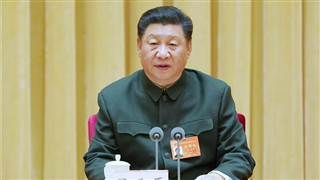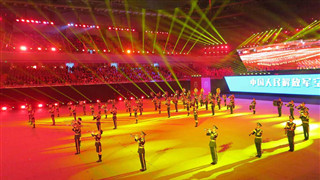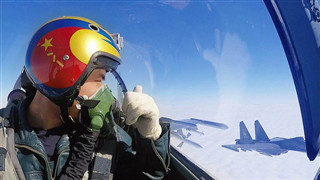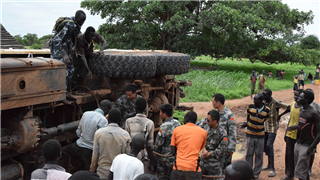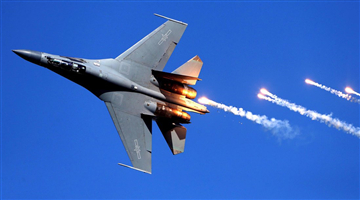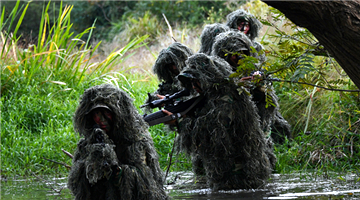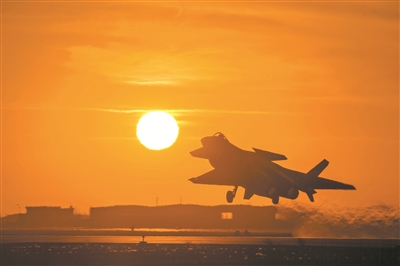
BEIJING, Nov. 4 (ChinaMil) -- November 11, 2019 marks the 70th anniversary of the founding of the PLA Air Force (PLAAF). Over the past 70 years, in line with the strategic requirements of integrating air and space capabilities as well as coordinating offensive and defensive operations, the PLAAF is accelerating the transition of its tasks from territorial air defense to both offensive and defensive operations, and constantly improves its capabilities for strategic early warning, air strikes, air and missile defense, information warfare countermeasures, airborne operations, strategic projection, and integrated support.
With J-10B /C fighter jet, J-16multirole fighter, J-20stealth fighter, Y-20 heavy transport aircraft , H-6K bombers, KJ-500 early warning aircraft and other new indigenous aircraft being commissioned one after another, the PLAAF aviation force has initially formed an integrated force structure with the third-generation aircraft as its main body and the fourth-generation aircraft as its backbone, covering early warning aircraft, fighter jets, bomber aircraft, reconnaissance aircraft and transport aircraft.
In recent years, the PLAAF aviation force has continuously advanced its capabilities in strategic early warning, air strikes and strategic projection. The J-20 fighter jets have been deployed in real combat training at sea to further enhance their comprehensive combat capability. The paratroopers boarded the Y-20 large strategic transport aircraft and conducted airdrop mission, which marks a major step forward in strategic delivery capability. China unveiled its new generation aircraft such as KJ-500 early warning aircraft, H-6N long-range strategic bomber in the National Day military parade on the 70th anniversary of the founding of the People's Republic of China (PRC). All these achievements have demonstrated that the PLAAF aviation force is becoming the landmark power of the strategic transformation of the PLAAF.
Driven by the PLAAF strategic transformation, the aviation force is constantly honing its combat training capability. The PLAAF is continuously deepening joint training exercises with its counterparts such as Russia, Pakistan, and Thailand, etc. It has continuously organized such competitive assessment dubbed as Golden Helmet and Gold Darts, regular SOS combat exercises such as Red Sword, as well as systematic and practical training exercises. The proportion and frequency of actual combat training has been gradually increased, and tactical confrontation training at high seas and on the plateau has also been organized on a regular basis.
In the new era, the PLAAF aviation force has conducted patrols in areas over the East China Sea, the South China Sea, the West Pacific and around the Taiwan island, and carried out extending high-sea training in a regular, systematic and practical manner. In May 2018, the PLAAF aviation force dispatched bombers and reconnaissance aircraft to fly around the Taiwan island in both directions, which was a breakthrough in mode of cruising around the island. In July this year, the PLAAF and Russian air force conducted joint air strategic patrol for the first time, further enhancing their strategic coordination and joint operational capability.
Since China announced its establishment of the East China Sea air defense identification zone (ADIZ), the PLAAF aviation force has been tasked with routine control, flying hundreds of combat sorties every year.
